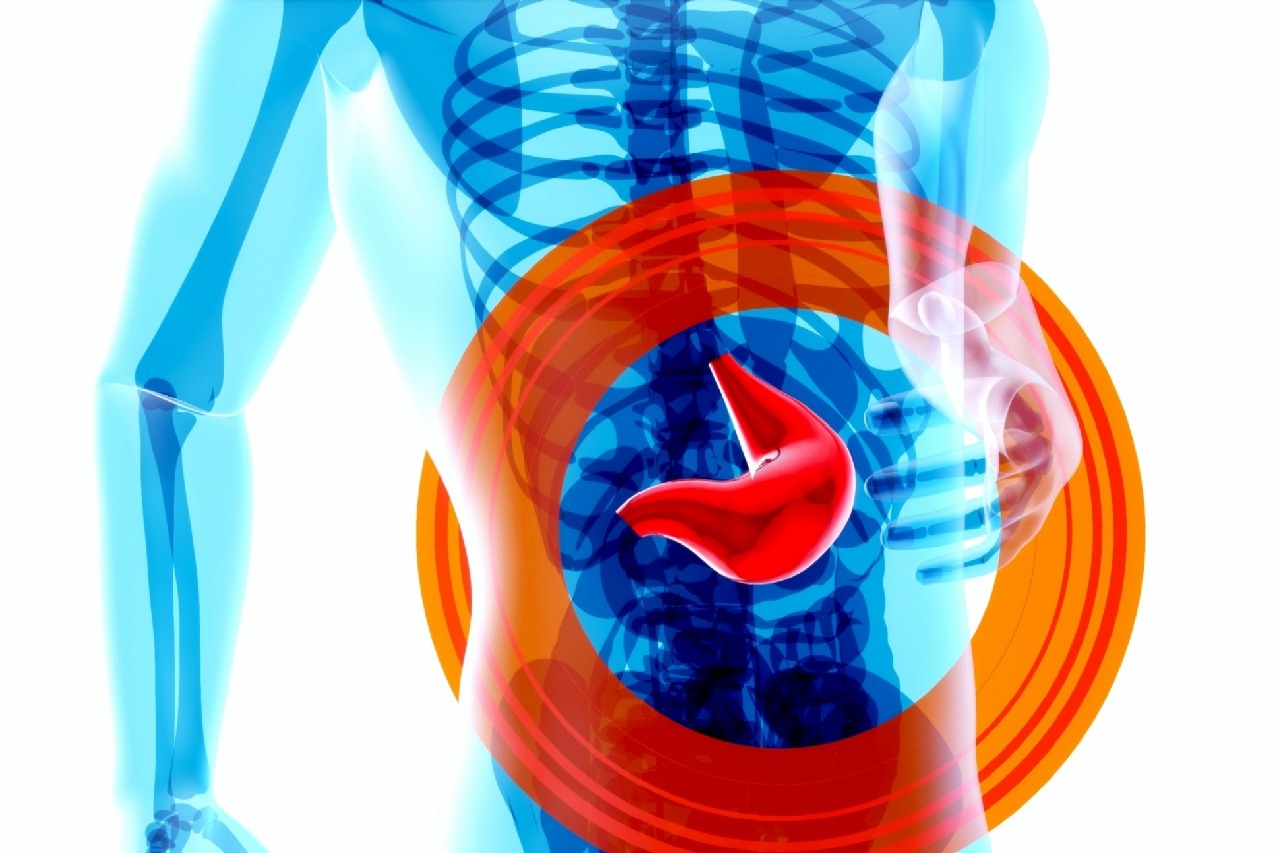
Liver diseases have become a growing concern among young adults aged 23-35, according to health experts. World Hepatitis Day, observed on July 28 each year, aims to raise awareness of liver diseases and related conditions. In recent years, severe liver conditions such as alcohol-related liver disease, fatty liver (FLD), hepatitis (including acute viral hepatitis and chronic forms), cirrhosis, and non-alcoholic steatohepatitis (NASH) have been on the rise among this age group. The prevalence of these conditions is nearly twice as high among men compared to women.
The surge in liver diseases can be attributed to unhealthy lifestyle practices and excessive alcohol use, which are increasingly becoming social norms. Common symptoms include jaundice, weight loss, nausea, weakness, and fluid buildup in the abdomen (ascites). Other contributing factors include poor dietary choices, drug abuse, and unprotected sexual activity.
Dr. Uday Sanglodkar of Gleneagles Hospitals Parel emphasizes the importance of early screening and management for young adults with liver diseases to improve outcomes. He also highlights that severe conditions like cirrhosis and NASH can cause significant damage to the liver, leading to permanent scarring and fat accumulation.
Dr. Prakash Kurane of Apollo Spectra Mumbai adds that prevention measures such as vaccination against hepatitis A and B, comprehensive harm reduction programs for drug users, and healthy lifestyle choices can help reduce the prevalence of these conditions. Effective treatments are also available for both viral hepatitis infections (hepatitis B and C) that can prevent progression to severe liver disease and cancer.
The liver plays a crucial role in detoxification, nutrient processing, hormone regulation, immune system function, and storing essential nutrients. However, various factors such as alcohol consumption, smoking, inadequate water intake, excessive sodium consumption (which can lead to non-alcoholic fatty liver disease), viral infections (including hepatitis A and B), obesity, Type 2 diabetes, and prolonged use of certain medications can put a strain on liver health.
It is essential to raise awareness about the importance of early detection and prevention measures for liver diseases. This includes promoting healthy lifestyle choices, vaccination against viral hepatitis for high-risk individuals, and addressing the social norms that contribute to unhealthy practices leading to liver damage.


